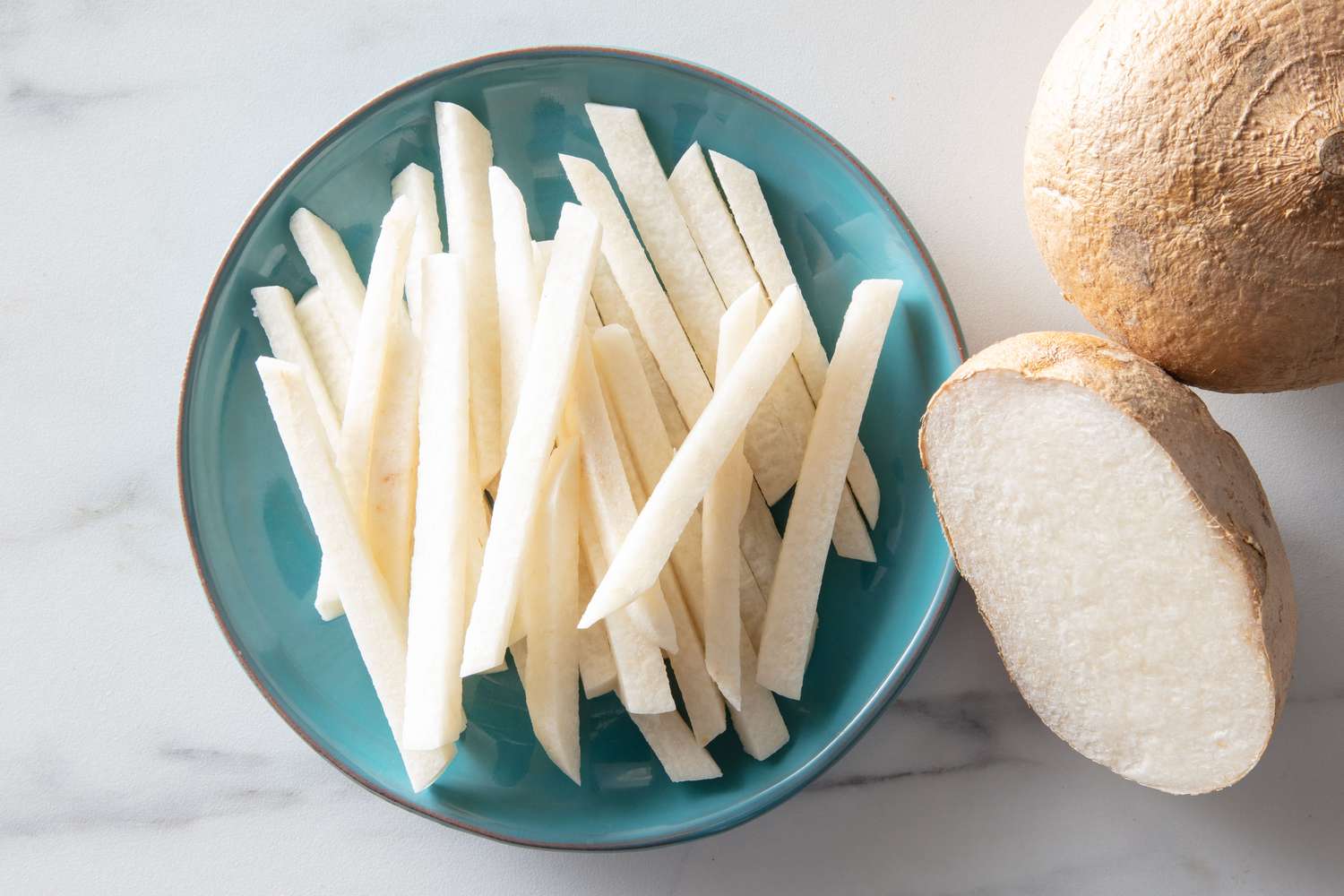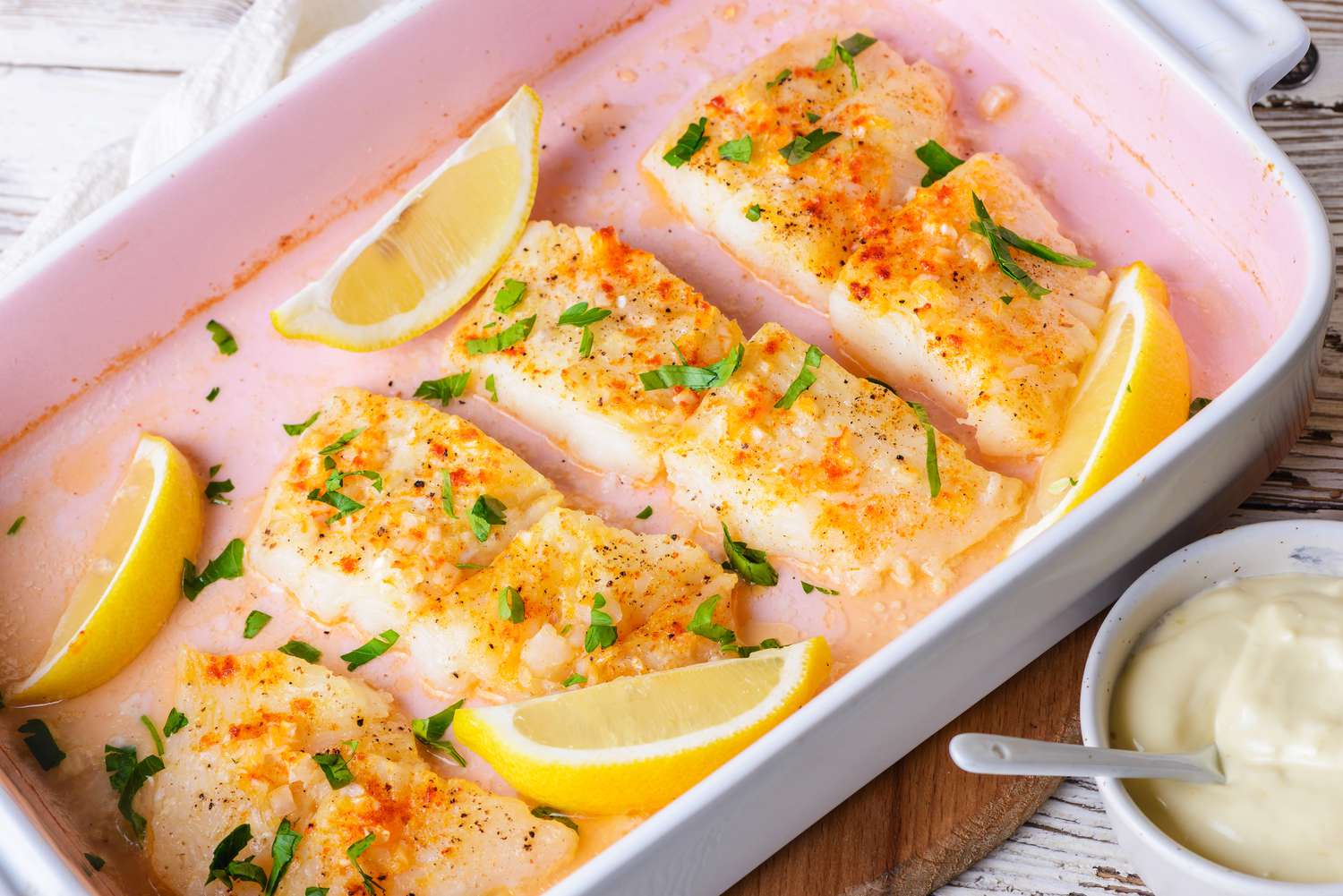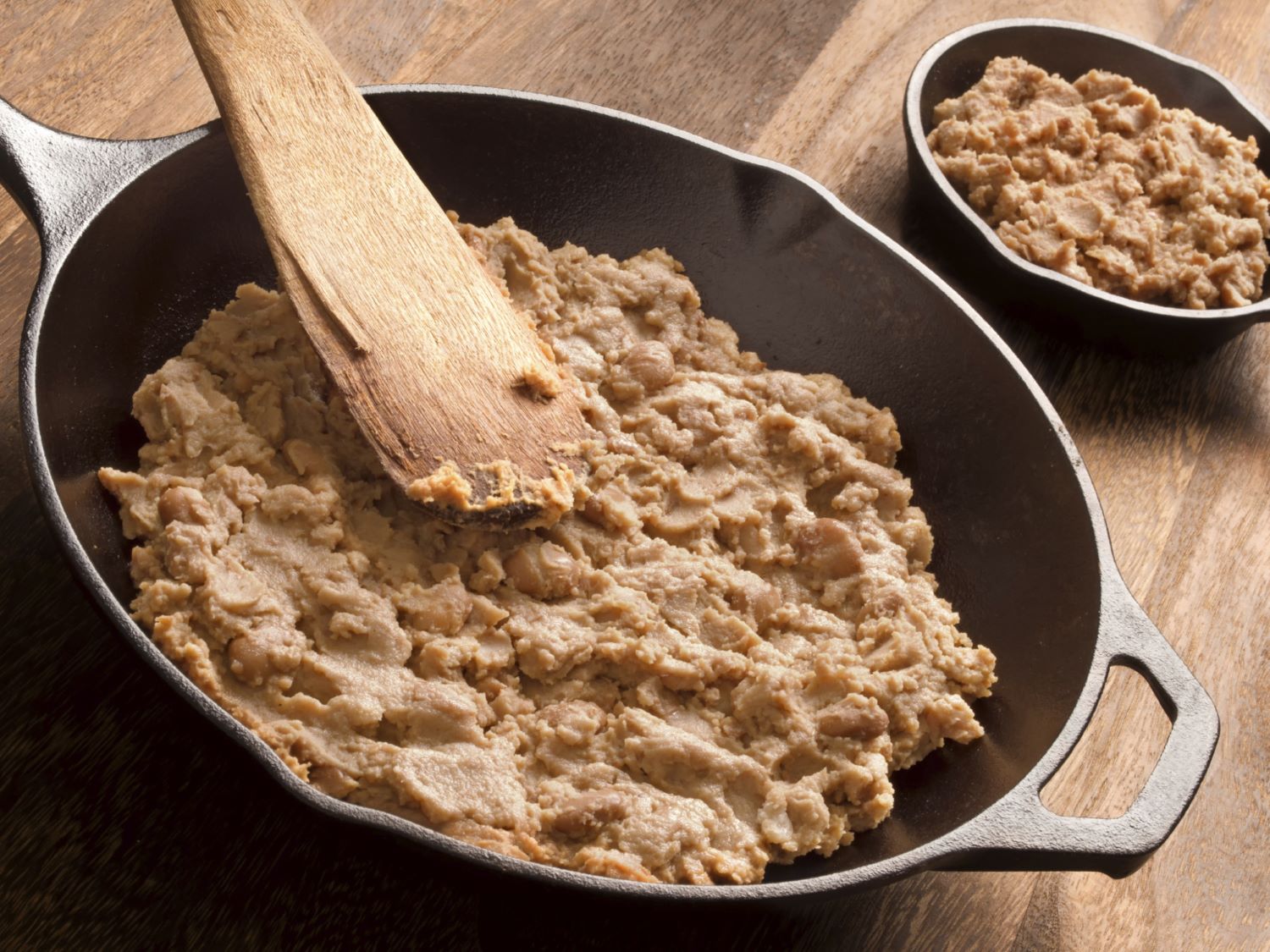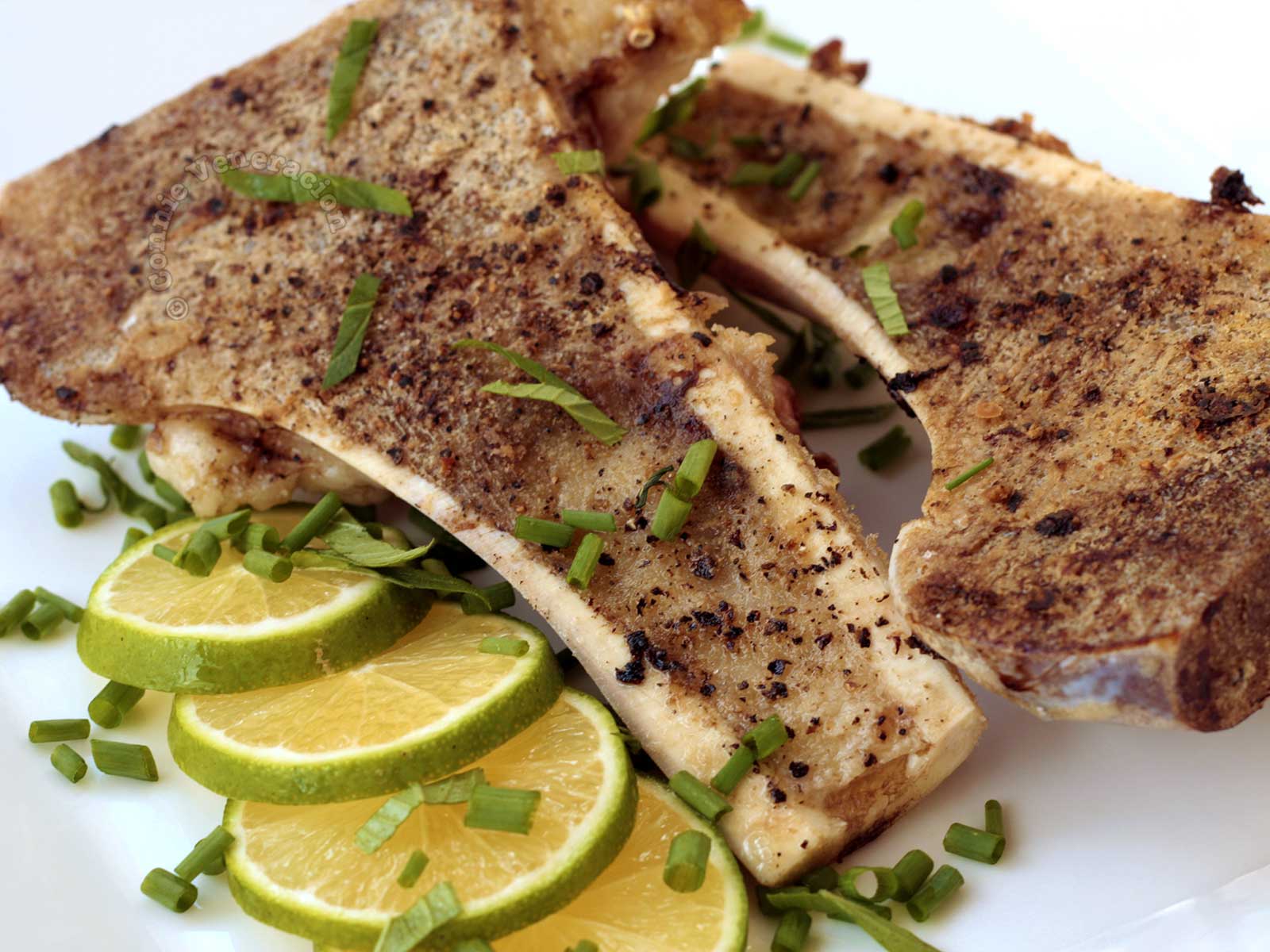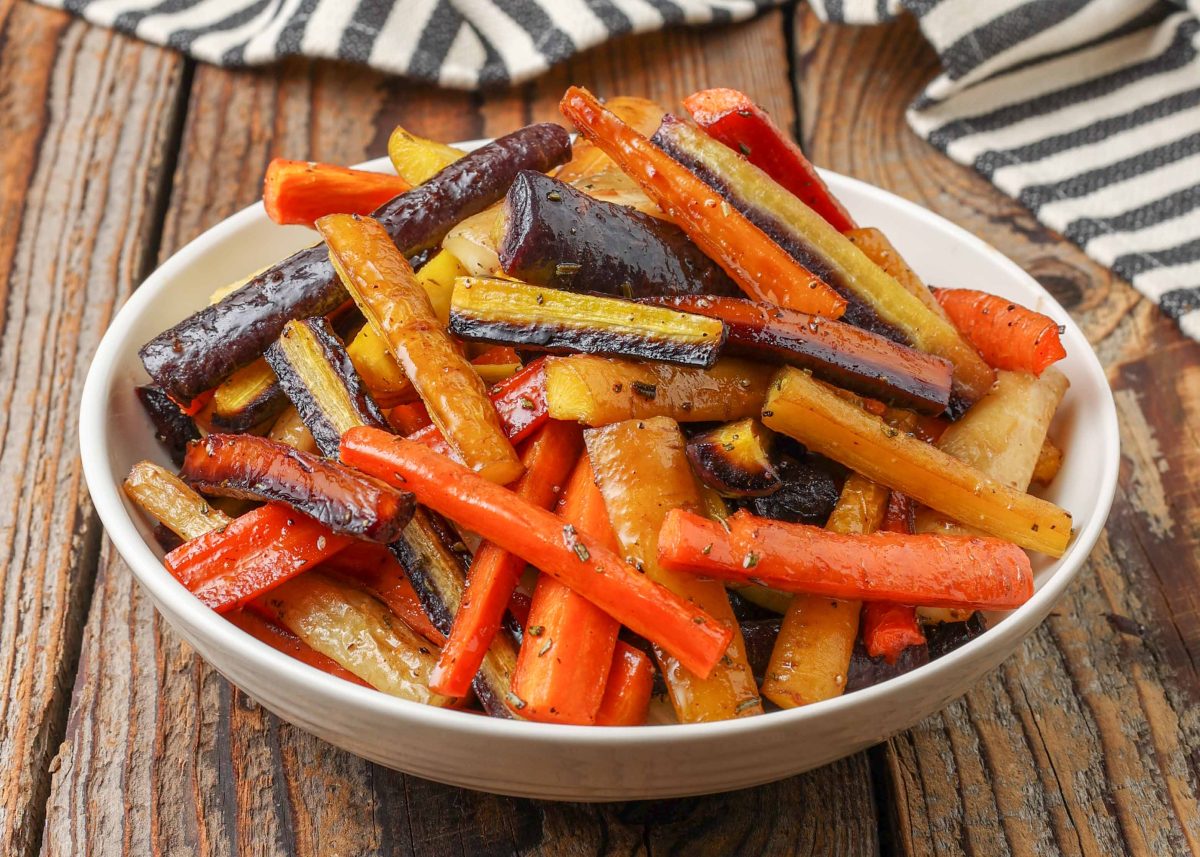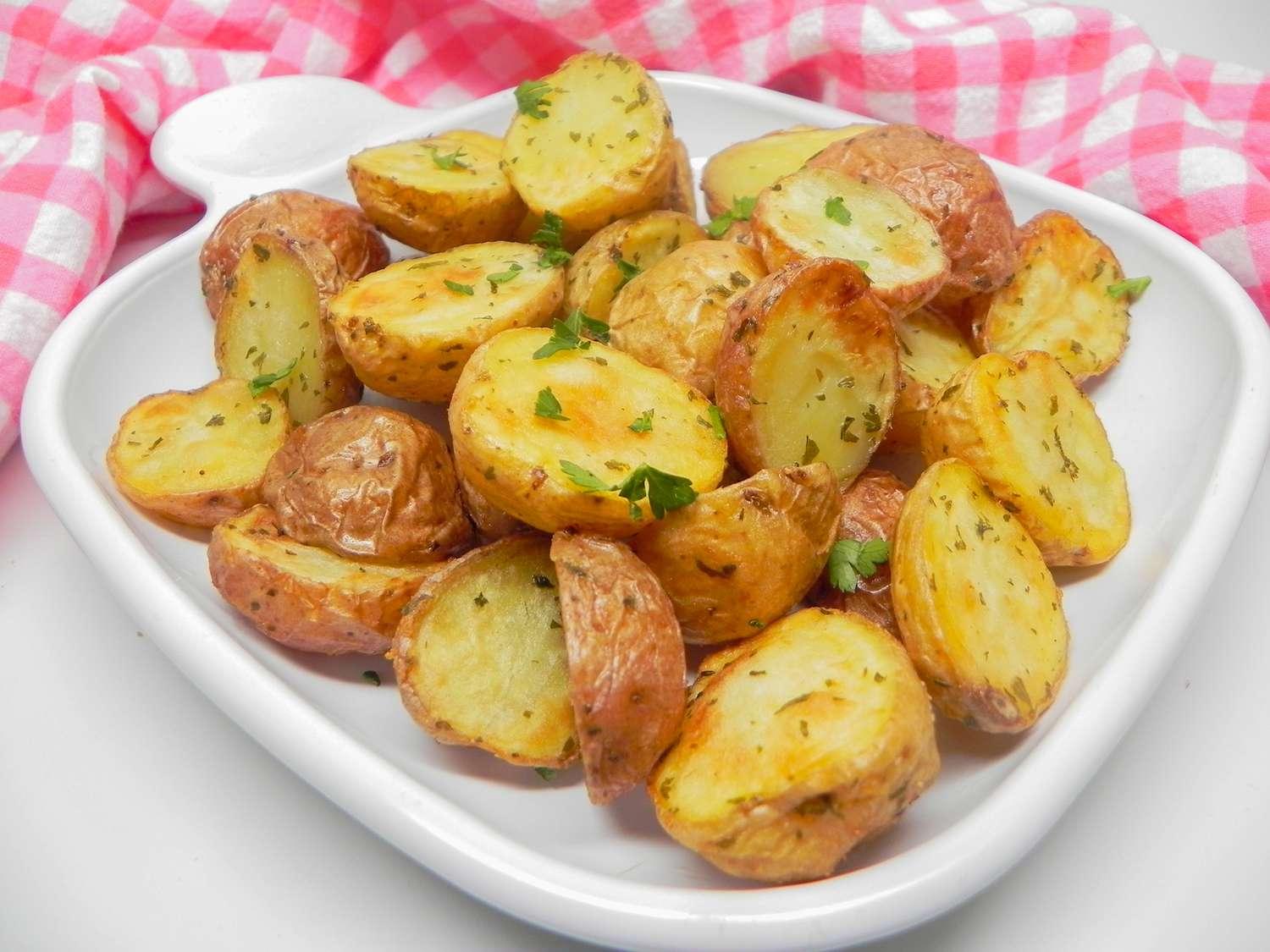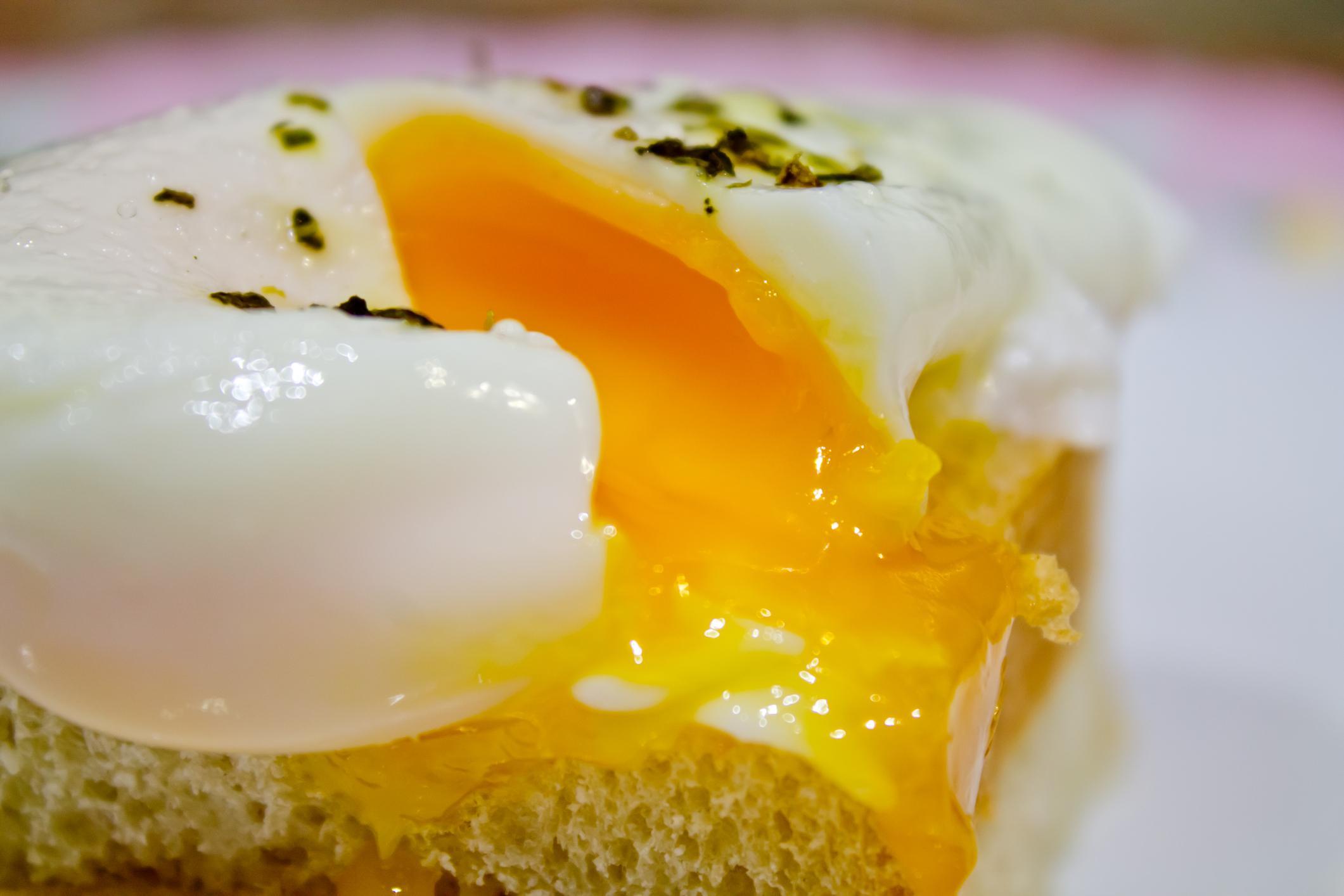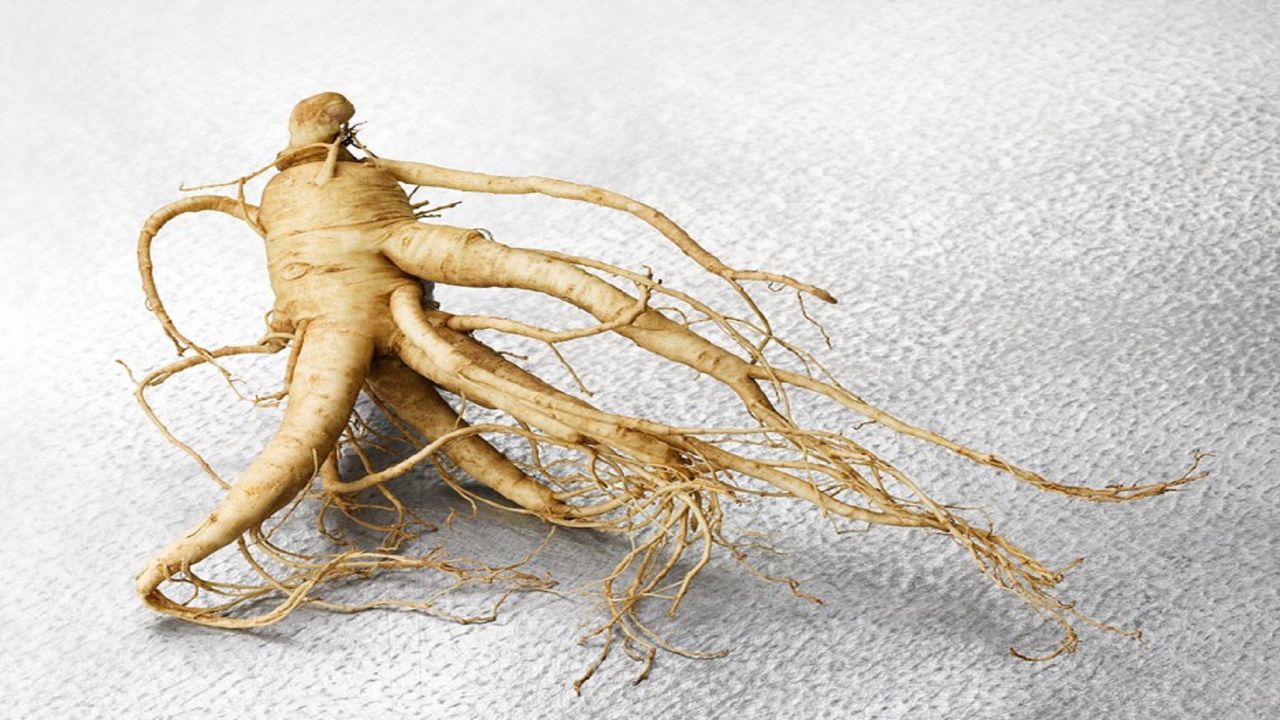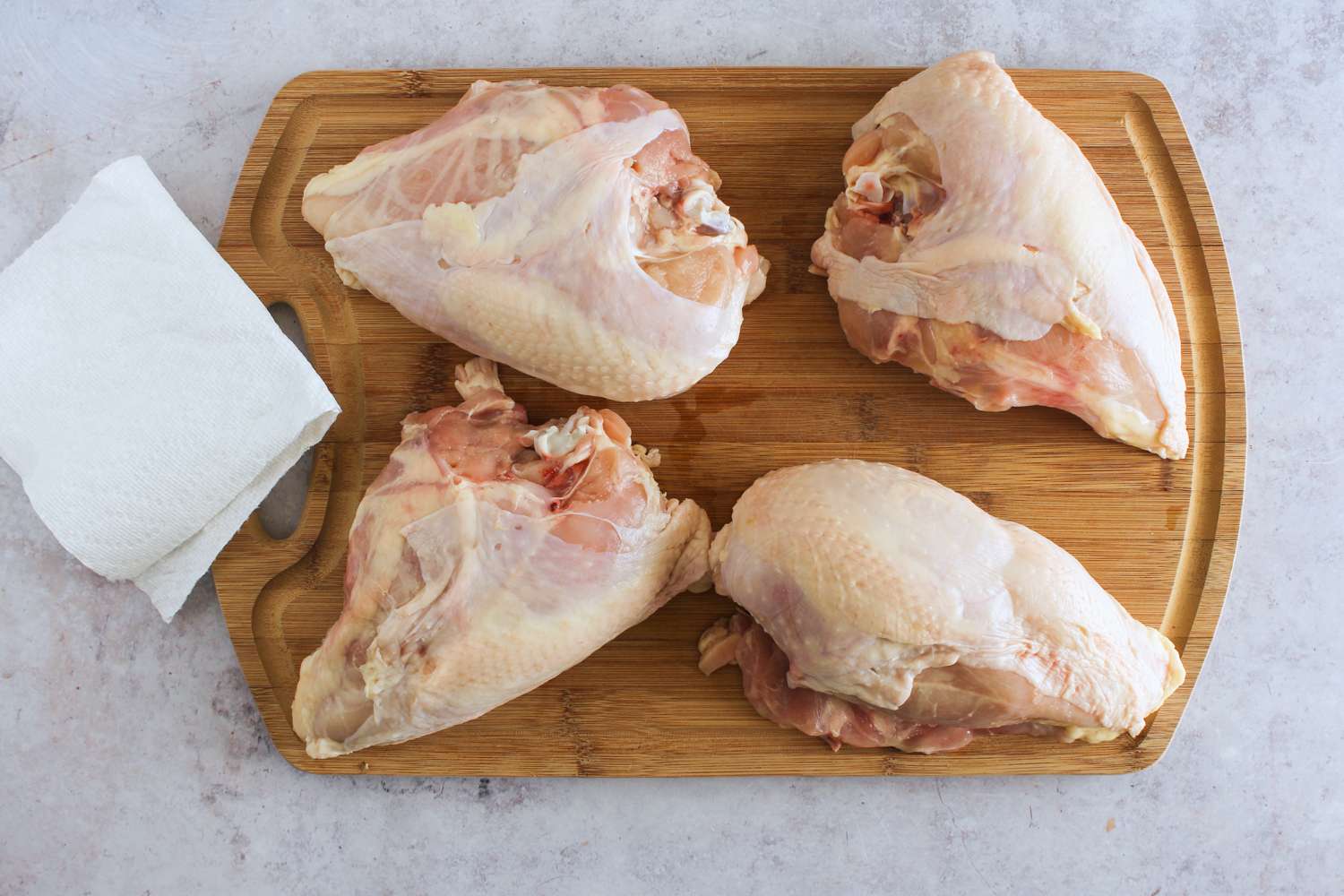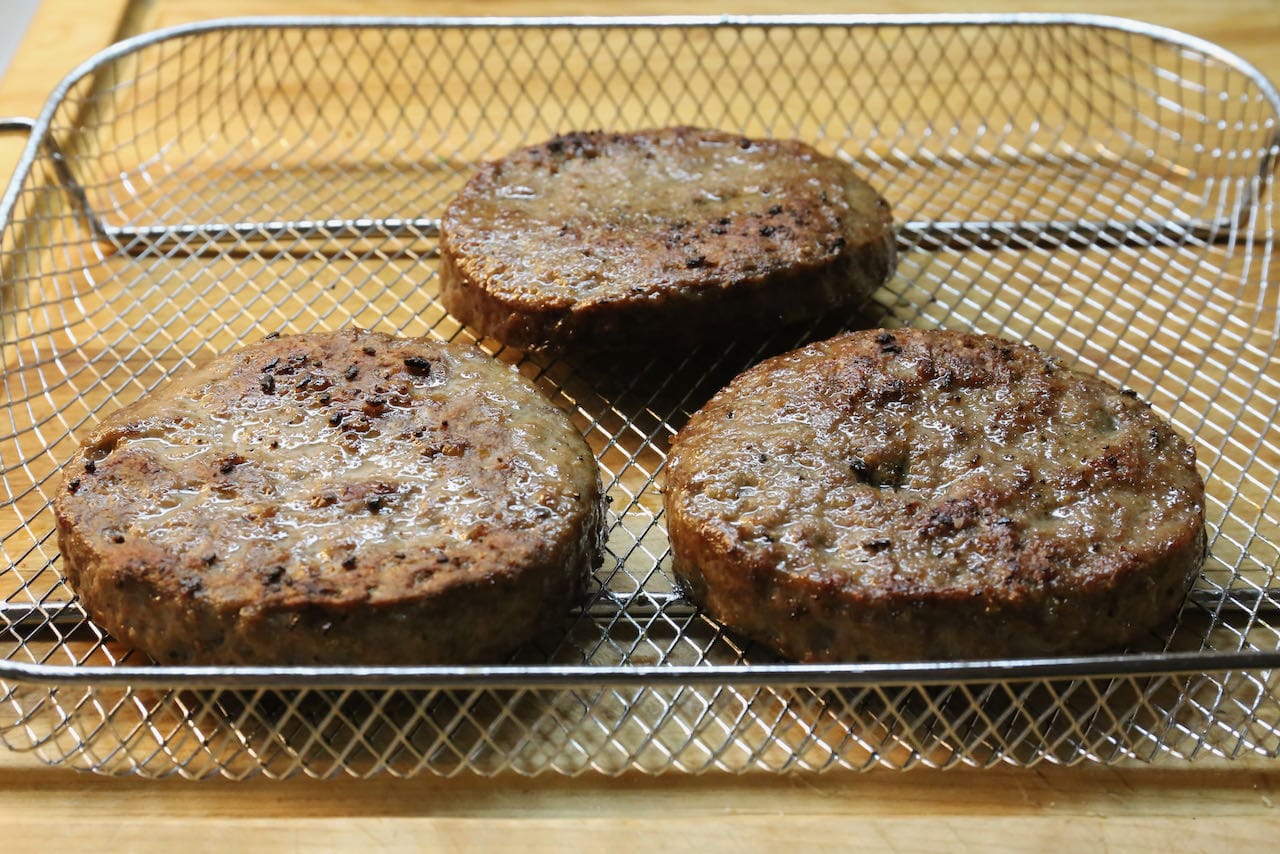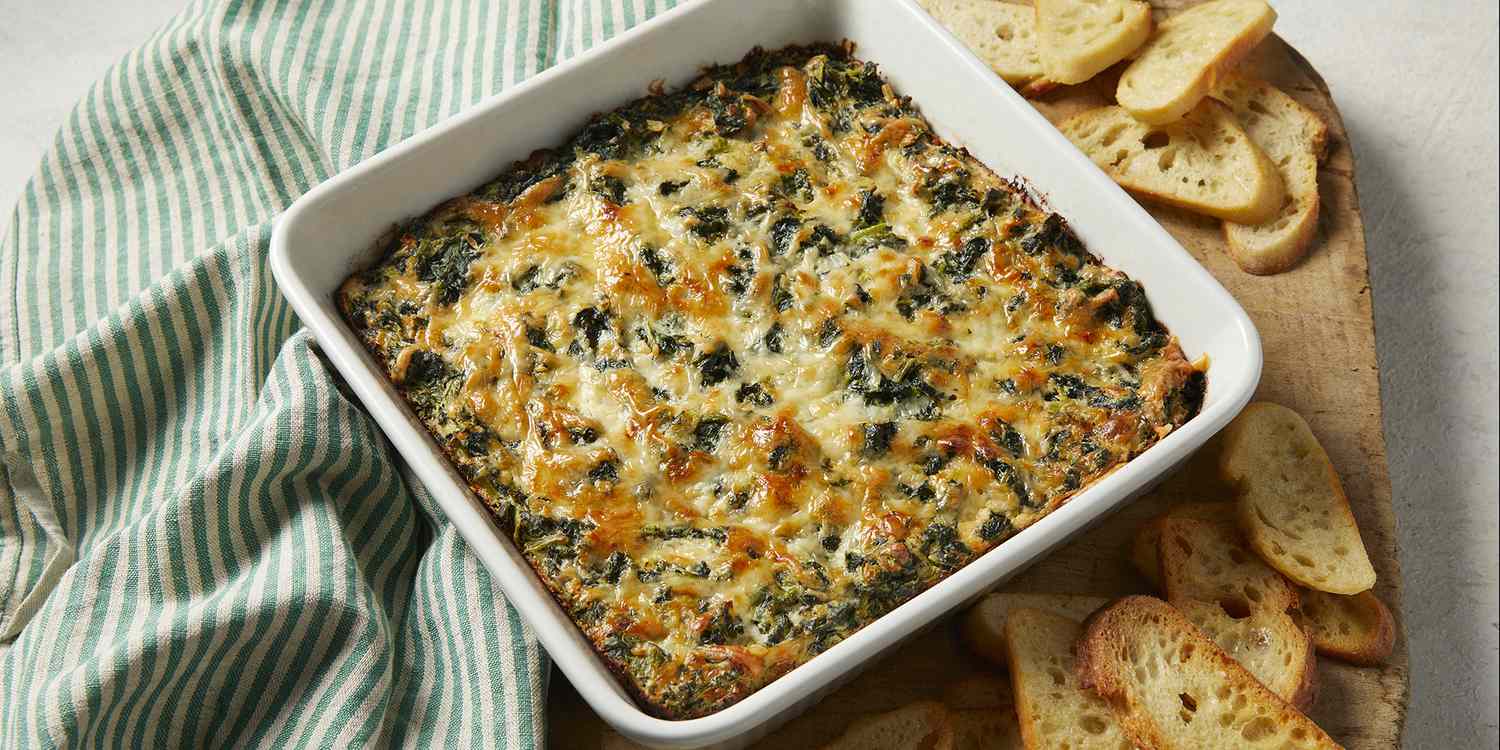Mastering the Art of Cooking Eggplant: Say Goodbye to Mushy Results
Eggplant, with its unique flavor and versatility, is a staple ingredient in many cuisines around the world. However, one of the most common challenges home cooks face when preparing this purple vegetable is preventing it from becoming mushy during the cooking process. But fret not! With the right techniques and a few insider tips, you can achieve perfectly cooked eggplant that retains its shape and texture. Let’s dive into the art of cooking eggplant so it’s not mushy!
Choose the Right Eggplants
The journey to perfectly cooked eggplant starts at the grocery store or farmers’ market. When selecting eggplants, look for those that are firm to the touch, with smooth and shiny skin. Avoid eggplants that feel soft or have wrinkled skin, as they are more likely to end up mushy when cooked.
Prepping the Eggplant
Prepping the eggplant correctly is crucial to achieving the desired texture. Start by washing the eggplant thoroughly under running water and patting it dry with a kitchen towel. Next, remove the stem and slice it according to your recipe’s requirements. Salting the eggplant slices can help draw out excess moisture, contributing to a firm and less mushy end result.
- Sprinkle salt on both sides of the eggplant slices, allowing them to sit for about 10-15 minutes.
- Rinse the salt off the slices under cold water and gently pat them dry with a paper towel.
Choose the Right Cooking Method
The cooking method you choose plays a significant role in determining the texture of the cooked eggplant. Here are a few methods that can help you avoid ending up with a mushy mess:
- Roasting: Roasting eggplant slices in the oven at a high temperature helps remove excess moisture while adding delicious smoky flavors.
- Grilling: Grilling eggplant not only imparts a delightful charred flavor but also ensures that the excess moisture evaporates, resulting in a firmer texture.
- Sautéing: Sautéing eggplant over high heat allows for quick cooking and browning, preserving its shape and texture.
Pay Attention to Cooking Time
Overcooking is a common mistake that can lead to mushy eggplant. Keep a close eye on your eggplant while it’s cooking and avoid leaving it on the heat for too long. The cooking time may vary depending on the chosen method and the thickness of the slices. Remember, slightly undercooking the eggplant is better than overcooking, as you can always cook it further if needed.
Extra Tips for Non-Mushy Eggplant
Here are a few additional tips to help you achieve non-mushy eggplant perfection:
- Don’t overcrowd the pan or baking sheet when cooking eggplant. Give each slice enough space to cook evenly and prevent steaming.
- Use high-quality cooking oil with a high smoke point, such as olive oil or vegetable oil, to ensure the eggplant gets properly cooked without becoming greasy.
- Consider peeling the eggplant if you prefer a firmer texture, as the skin can contribute to a slightly chewy consistency.
By following these tips and tricks, you can steer clear of mushy eggplant and elevate your culinary skills to the next level. Experiment with different recipes and cooking methods to discover your favorite way to cook this delightful vegetable. Happy cooking!
For readers looking to master eggplant without ending up with a mushy mess, there are several standout recipes to consider. The Grilled Eggplant Parmesan is a great way to get that perfect balance of crispy and tender, thanks to the grilling method. Eggplant Ratatouille offers a medley of vegetables that stay firm and flavorful when cooked just right. Roasted Eggplant and Tomato Pasta pairs roasted eggplant with al dente pasta, creating a delightful texture contrast. For a hearty meal, try the Eggplant and Chickpea Stew which combines the firmness of chickpeas with perfectly cooked eggplant. Lastly, Eggplant Lasagna layers eggplant slices with rich tomato sauce and cheese, ensuring each bite is both satisfying and structurally sound. Trying these recipes will help anyone achieve non-mushy, delicious eggplant dishes.

